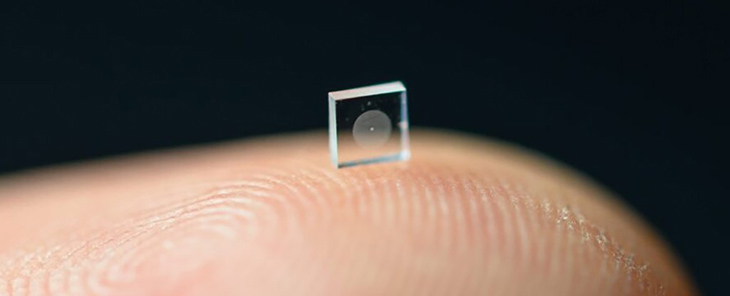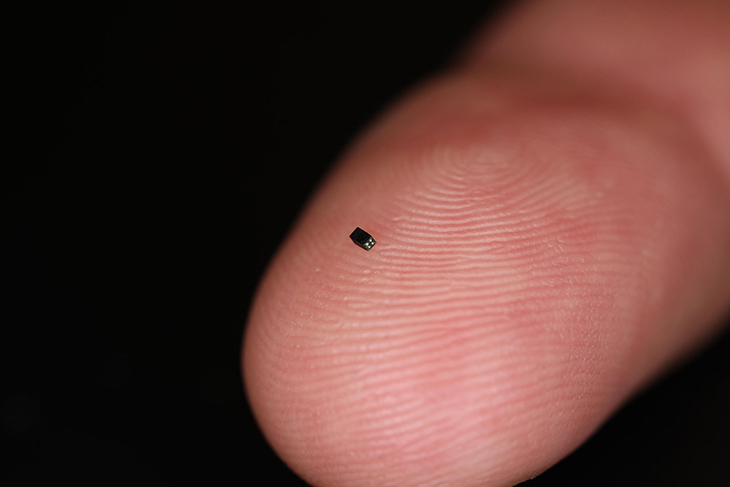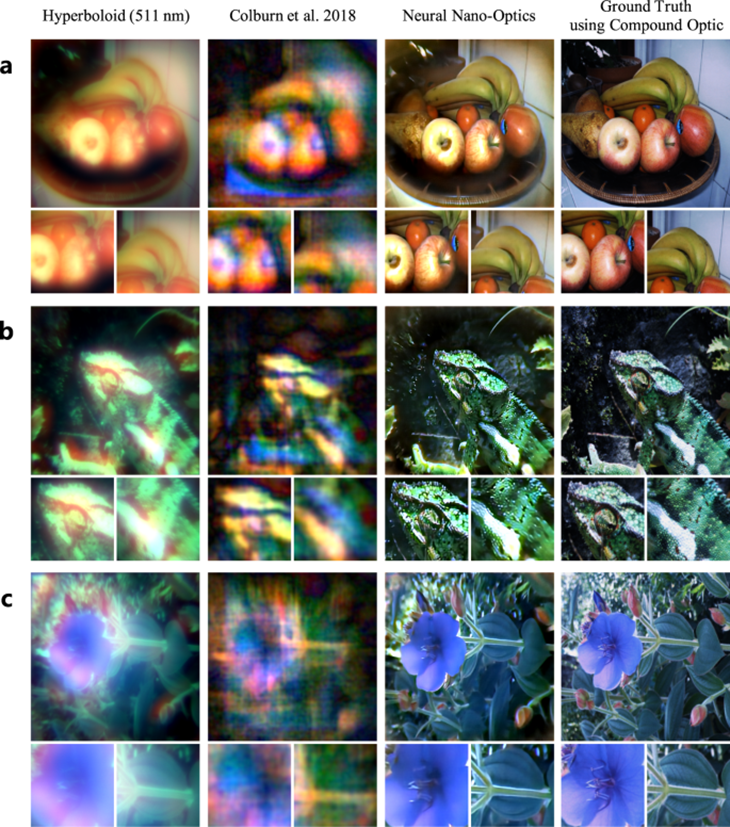
Technology is what makes the world go round nowadays. People have become so dependent on it. In fact, their livelihoods oftentimes need it. This explains why new developments are coming out every single day. These new advancements have been designed to make life easier. What comes after can only be better. And with growth comes the ability for technology to be convenient and accessible. Computers, in fact, have become so compact that it’s easy to bring these everywhere. The same belief applies to cameras. These handy devices can be brought everywhere, and now, one the size of a grain of salt has been invented.

With the aid of what they call metasurface technology, these unprecedented ultra-small devices can take incredibly detailed photographs, without the need to lug them around in very large bags. Nano-cameras can do exactly what the other cameras over half a million times larger can do, and the best part is that these offer the photographers and enthusiasts a new chance to view the intricacies of the human body, plant life, and more at a much smaller scale.
It has been said, “Metasurfaces, the corresponding two-dimensional metamaterials, can flexibly control the amplitude, phase, and polarization of light through sub-wavelength units, compared with the traditional lens that relies on the modulated light beam to accumulates the phase delay during the transmission, it is smaller in size, lighter in weight, and suitable for device miniaturization and system integration.”
This innovative optical system is created much like a computer chip but is only half a millimeter wide. Built into this ultra-small chip are 1.6 million cylindrical posts, with each one operating as an optical antenna that comes with the ability to generate a correctly shaped optical wavefront.
“It’s been a challenge to design and configure these little nano-structures to do what you want,” shared Ethan Tseng. He is a computer science Ph.D. student at Princeton. He also said, “For this specific task of capturing large field of view RGB images, it was previously unclear how to co-design the millions of nano-structures together with post-processing algorithms.”
The researchers started testing different material structures and components. Once this was done, they discovered something unique about their brand new nano-camera. The best thing about these super small optical lenses is that they are actually more cost-effective when it comes to producing them on a mass scale. They compared these to the current camera options and saw the difference. Moreover, their use of application is exponentially more versatile than the cameras that we see in the market.

“Although the approach to optical design is not new, this is the first system that uses a surface optical technology in the front end and neural-based processing in the back,” Joseph Mait said. He is a former senior researcher and chief scientist at the U.S. Army Research Laboratory.
The researchers hope that this new technology will help forge the medical science future, especially when it comes to the use of gadgets. The software and algorithms used in these almost microscopic cameras could eventually facilitate doctors who need to automatically detect early warning signs of disease in the human body.
The researchers have also thought of other potential uses of the camera. These can be implemented by computer manufacturers and smartphone companies. Think about having the entire back of the phone be a camera. The same process can also apply to a laptop screen. Instead of needing 3 or 4 cameras on a device, manufacturers could get an incredibly detailed image with the metasurface options.
“We could turn individual surfaces into cameras that have ultra-high resolution, so you wouldn’t need three cameras on the back of your phone anymore, but the whole back of your phone would become one giant camera,” said Felix Heide, a computer scientist from Princeton University. “We can think of completely different ways to build devices in the future.”

Additionally, the NanoCamera has the ability to take ultracompact imagers that have the ability to use light wavelengths and metasurfaces. This enhances details on photographs to a whole new impressive level. Details of this come out in Nature.com.
Right now, there are several applications for these tiny cameras, and for now, the future looks clear and bright.
What are your thoughts? Please comment below and share this news!
True Activist / Report a typo


